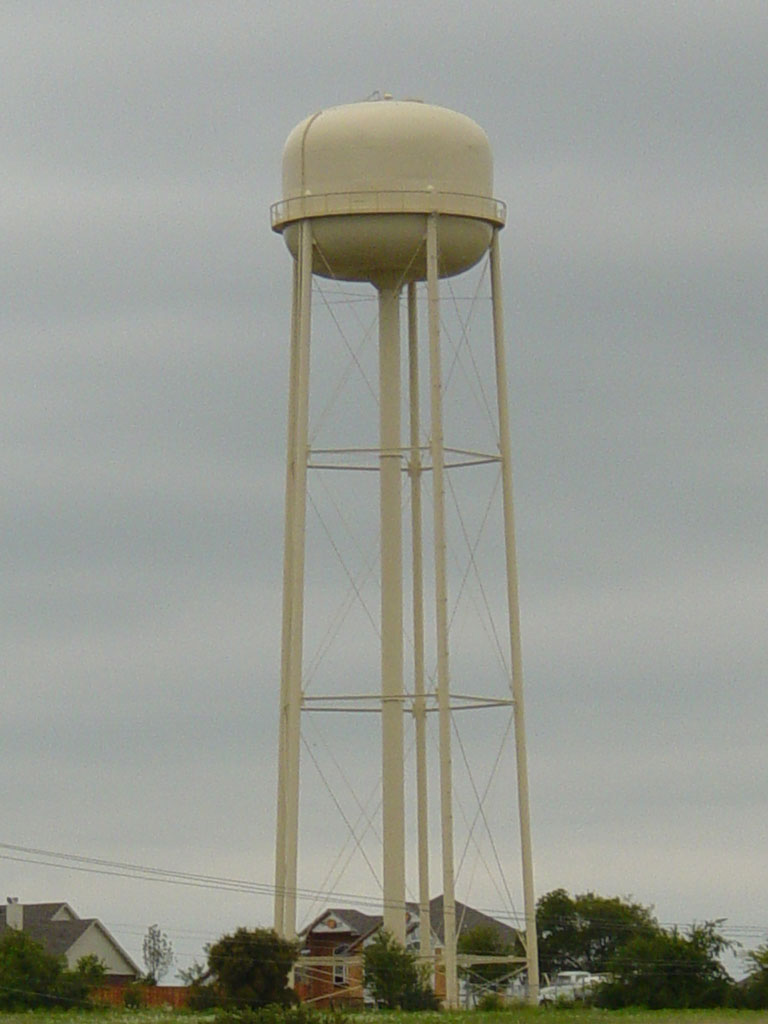

Pressurization occurs through the hydrostatic pressure of the elevation of water for every 10.20 centimetres (4.016 in) of elevation, it produces 1 kilopascal (0.145 psi) of pressure. A standard water tower typically has a height of approximately 40 m (130 ft). The reservoir in the tower may be spherical, cylindrical, or an ellipsoid, with a minimum height of approximately 6 metres (20 ft) and a minimum of 4 m (13 ft) in diameter. Ross Barnett Reservoir water tower in MississippiĪ variety of materials can be used to construct a typical water tower steel and reinforced or prestressed concrete are most often used (with wood, fiberglass, or brick also in use), incorporating an interior coating to protect the water from any effects from the lining material. Water towers are common around London suburbs. Early steam locomotives required water stops every 7 to 10 miles (11 to 16 km).ĭesign and construction Shooter's Hill water tower is a local landmark in London, United Kingdom. Water towers were used to supply water stops for steam locomotives on railroad lines.

In California and some other states, domestic water towers enclosed by siding ( tankhouses) were once built (1850s–1930s) to supply individual homes windmills pumped water from hand-dug wells up into the tank in New York. In certain areas, such as New York City in the United States, smaller water towers are constructed for individual buildings. Some are converted to apartments or exclusive penthouses. Many early water towers are now considered historically significant and have been included in various heritage listings around the world. By the late 19th century, standpipes grew to include storage tanks to meet the ever-increasing demands of growing cities. Designers typically enclosed the riser pipes in decorative masonry or wooden structures. Standpipes also provided a convenient fixed location to measure flow rates. In the United Kingdom, standpipes consisted of tall, exposed, N-shaped pipes, used for pressure relief and to provide a fixed elevation for steam-driven pumping engines which tended to produce a pulsing flow, while the pressurized water distribution system required constant pressure. Louis and San Francisco Railroad Water Tank (1875, restored 2012), Beaumont, Kansas, USĪlthough the use of elevated water storage tanks has existed since ancient times in various forms, the modern use of water towers for pressurized public water systems developed during the mid-19th century, as steam-pumping became more common, and better pipes that could handle higher pressures were developed. See also: History of water supply and sanitation Beaumont St. This process also keeps the water from freezing in cold weather, since the tower is constantly being drained and refilled. The water level in the tower typically falls during the peak usage hours of the day, and then a pump fills it back up during the night. A water tower also serves as a reservoir to help with water needs during peak usage times. Water towers are able to supply water even during power outages, because they rely on hydrostatic pressure produced by elevation of water (due to gravity) to push the water into domestic and industrial water distribution systems however, they cannot supply the water for a long time without power, because a pump is typically required to refill the tower. Other types of water towers may only store raw (non-potable) water for fire protection or industrial purposes, and may not necessarily be connected to a public water supply. Water towers often operate in conjunction with underground or surface service reservoirs, which store treated water close to where it will be used. For other uses, see Water Tower (disambiguation).Ī water tower in Mondeville, Calvados, FranceĪ water tower is an elevated structure supporting a water tank constructed at a height sufficient to pressurize a distribution system for potable water, and to provide emergency storage for fire protection.


 0 kommentar(er)
0 kommentar(er)
